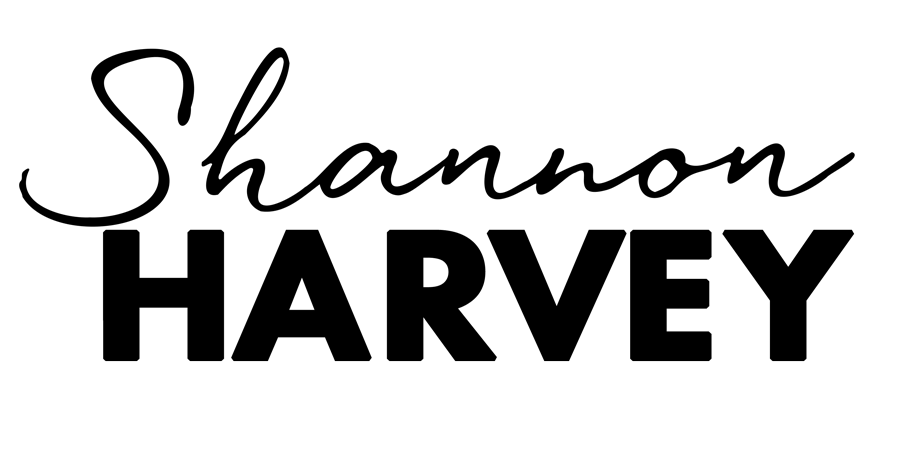Your unthinking routines form the bedrock of what you do in everyday life. The more you repeat a behaviour with a consistent environmental cue, the more automatic the behaviour becomes. With repetition, the mental effort to initiate a new behaviour gets easier, and over time the action becomes second nature.
A simple "if-then" planning technique can eliminate the choices you have to make, encourage you stop and think about the obstacles you’ll face in reaching your goal, and makes your behaviour automatic.
Combining if-then planning with “mental contrasting” encourages you to focus on visualising your goals as well as visualising the obstacles that stand in your way.
If-Then Planning
-
Take a moment to clear your mind. You might like to do this by closing your eyes and taking 3-5 deep breaths.
-
Identify your overall objective. What is something you want to accomplish or establish (E.g: Exercise regularly, eat healthier foods, sleep more).
-
Identify the action you're going to take to achieve your objective (E.g: Start running for 15 minutes every day, buy only fresh fruit and vegetables and whole grains at the supermarket, go to bed by a certain time).
-
Identify possible obstacles that may derail your objective (E.g: Bad weather, work demands, tempting junk foods, television).
Example
Objective: Exercise more.
Action: Go to the gym 3 days a week.
If-Then: IF … it's 5pm on a Monday, Wednesday or Friday, THEN... I will walk straight from work to the gym.
Overcoming the obstacle: IF… I'm feeling too tired, THEN... I will put my gym clothes on anyway and take it easy at first, and see how I feel once I get started.
DOWNLOAD our If-Then planning template.
Mental Contrasting
Rather than only visualizing the desired outcome of your goal, the idea is to visualize both the desired outcome AND the possible obstacles within you that could get in your way.
- Identify your goal or objective and be specific about when you would like to achieve it. (Example: I want to exercise after work, 3 times a week.)
- Visualize what it would be like to achieve your goal. Imagine how amazing your life will be once you’ve accomplished your goal. Think about the best outcome that would result and ask yourself how it would make you feel. (Example: I feel fitter, stronger and healthier. Mind mind is clearer and I feel less stressed. I have lost weight and I have more energy.)
- Identify what the obstacles might be that will prevent you from achieving your goal. Take a few moments to visualize those obstacles. (Example: I am tired after work, I often have to work late, I get invited to social events etc).
WOOP (Wish, Outcome, Obstacle, Planning)
(If-Then Planning Combined with Mental Contrasting)
-
Take a moment to clear you mind. You might like to do this by closing your eyes and taking 3-5 deep breaths.
-
Wish. What is one specific wish that you really want to accomplish in a given time period]? Your wish should be challenging but possible, so ask yourself if this is important to you, and if it's possible to accomplish in your time period. Write down your wish ( E.g. I want to eat a healthy meals at lunch time).
-
Outcome. What will be the best outcome when your wish comes true? How will you feel? Hold the outcome in your mind for a while. Write down your outcome and describe how it will feel once it is achieved. (E.g. I will feel great and have more energy).
-
Obstacles. What is something inside you that might prevent you from accomplishing your wish? Where and when might this obstacle arise? Explore if there something you are feeling, doing, or saying that is standing in the way of your wish. Take a moment to reflect on it, then write it down.
-
Planning. What is one effective action you could take to overcome your obstacle? Complete this statement "If [obstacle], then [effective action].” Repeat your plan once more.
Adapted from research conducted by leading motivation psychologists Gabrielle Oettingen and Peter Gollwitzher from New York University.
Further reading:
- Rethinking Positive Thinking: Inside the New Science of Motivation: by Grabrielle Oettingen
- Duckworth, A. L., Grant, H., Loew, B., Oettingen, G., & Gollwitzer, P. M. (2011). Self- regulation strategies to improve self-discipline in adolescents: Benefits of mental contrasting and implementation intentions. Educational Psychology, 31, 17-26. doi:10.1080/01443410 .2010.506003.
- Duckworth, A. L., Kirby, T. A., Gollwitzer, A., & Oettingen, G. (2013). From fantasy to action: Mental Contrasting with Implementation Intentions (MCII) improves academic performance in children. Social Psychological and Personality Science, 4, 745-753. doi: 10.1177/1948550613476307.
- Gawrilow, C., Morgenroth, K., Schultz, R., Oettingen, G., & Gollwitzer, P. M. (2013). Mental contrasting with implementation intentions enhances self-regulation of goal pursuit in schoolchildren at risk for ADHD. Motivation and Emotion, 37, 134-145.
- Oettingen, G. (2012). Future thought and behaviour change. European Review of Social Psychology, 23, 1-63. doi:10.1080/10463283.2011.643698
- Oettingen, G., & Schwörer, B. (2013). Mind wandering via mental contrasting as a tool for behavior change. Frontiers in Psychology,4:562. doi:10.3389/fpsyg.2013.00562.
- Adriaanse, M. A., Oettingen, G., Gollwitzer, P. M., Hennes, E. P., de Ridder, D. T. D., & de Wit, J. B. F. (2010). When planning is not enough: Fighting unhealthy snacking habits by mental contrasting with implementation intentions (MCII). European Journal of Social Psychology, 40, 1277-1293. doi:10.1002/ejsp.730
- Oettingen, G. (2012). Future thought and behaviour change. European Review of Social Psychology, 23, 1-63. doi:10.1080/10463283.2011.643698





 The Connection (DOWNLOAD-TO-OWN)
The Connection (DOWNLOAD-TO-OWN) My Year Of Living Mindfully - Book
My Year Of Living Mindfully - Book




